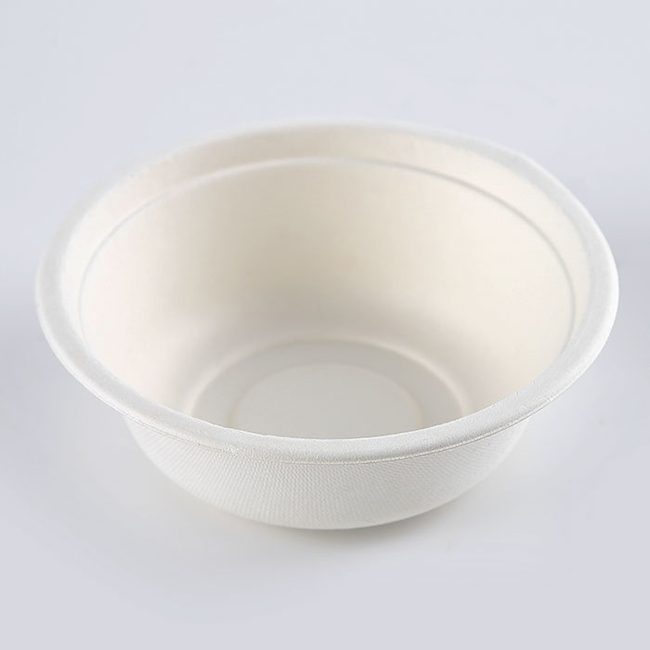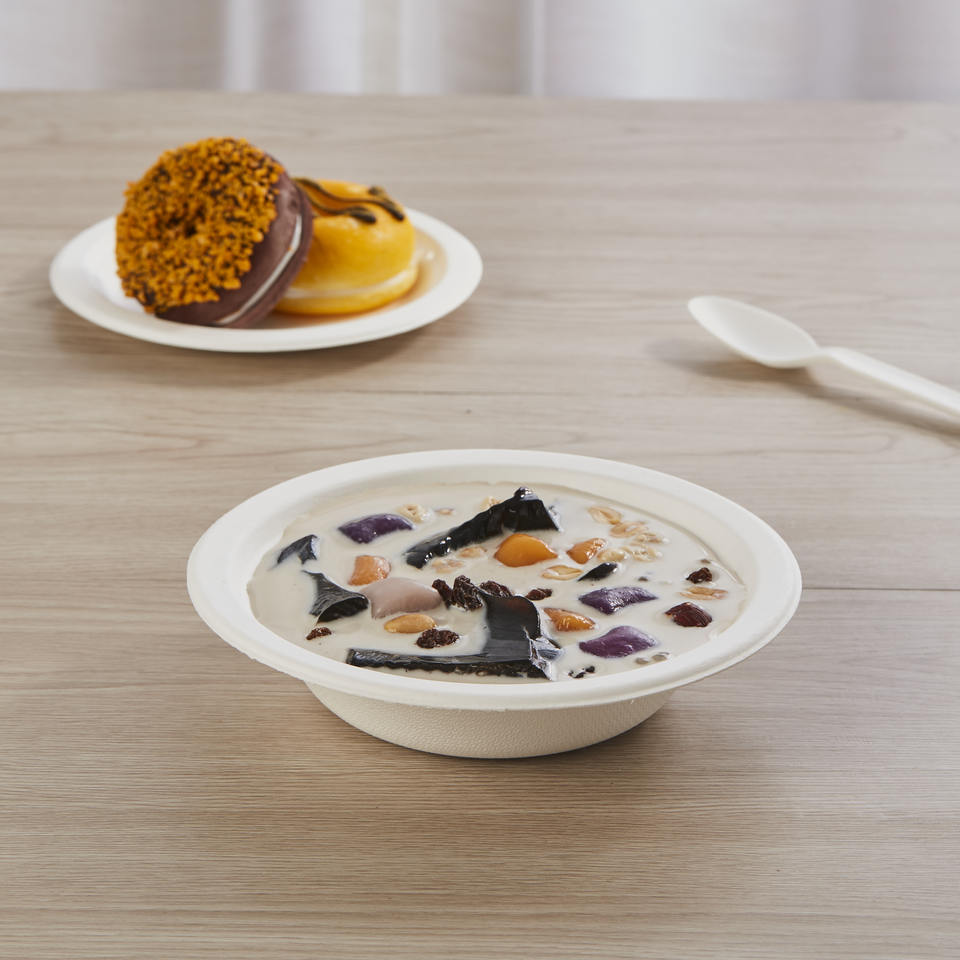Bagasse Bowl
(2025年)https://www.bioleaderpack.com/product-category/bagasse-bowl/
Bagasse Bowls: The Future of Sustainable Food Packaging
Introduction
In the wake of mounting global concerns around plastic pollution and climate change, the food packaging industry is undergoing a critical transformation. At the forefront of this movement is the bagasse bowl—a sustainable, compostable solution made from sugarcane waste. As consumers and governments increasingly demand eco-friendly alternatives, bagasse bowls offer a practical and responsible replacement for single-use plastic and Styrofoam containers.
What Is a Bagasse Bowl?
A bagasse bowl is a type of biodegradable food container made from sugarcane fiber, known as bagasse. This fiber is the residual pulp left after juice extraction from sugarcane stalks. Instead of being discarded or burned (which releases CO₂), this agricultural byproduct is transformed into durable and compostable food packaging solutions.
Bagasse bowls are available in various sizes and designs, suitable for soups, salads, desserts, noodles, and hot or cold food items. They're sturdy, safe, and designed for modern foodservice demands.

Why Choose Bagasse Bowls?
1. Eco-Friendly and Compostable
Bagasse is 100% natural and biodegradable. When disposed of in a commercial or home composting environment, bagasse bowls decompose within 60 to 90 days—leaving no toxic residues. This makes them a true zero-waste solution.
2. Resource-Efficient
Producing bagasse bowls doesn't require cutting down trees or extracting petroleum. They’re made from an agricultural byproduct, meaning their raw material comes from an already-existing crop, reducing strain on virgin resources and supporting circular economies.
3. Plastic-Free and PFAS-Free Options
Many bagasse bowls can be made entirely plastic-free and PFAS-free, offering a safe and chemical-free alternative for food storage and serving. This makes them suitable for eco-conscious consumers and businesses seeking compliance with strict packaging regulations.
4. Microwave, Oven, and Freezer Safe
Unlike most plastic containers, bagasse bowls are heat-resistant up to 220°C (428°F), making them suitable for microwaves and even ovens. They also perform well in cold environments, making them ideal for refrigerated and frozen foods.
5. Grease and Liquid Resistant
Thanks to the natural fiber composition and molding techniques, bagasse bowls are resistant to oil, sauces, and liquids. This functionality makes them highly versatile for restaurant delivery, takeout, meal prep, and catering.
Applications Across Industries
Bagasse bowls are a preferred packaging solution in the following sectors:
Restaurants and Cafés – For takeaway soups, rice bowls, noodles, and salads.
Meal Delivery Services – As eco-conscious alternatives to plastic meal containers.
Catering Companies – For large-scale events and functions where disposable yet sustainable solutions are necessary.
Supermarkets and Delis – For fresh, grab-and-go meals or pre-packed options.
Airlines and Travel Services – As part of low-waste onboard foodservice packaging.
Compliance with Global Sustainability Standards
Bagasse bowls are widely accepted by eco-certification bodies. While certifications vary by manufacturer, many bagasse products meet international standards such as:
EN 13432 – European certification for compostability
ASTM D6400 – U.S. compostability standard
BPI Certified – U.S. Biodegradable Products Institute
These certifications give consumers and businesses confidence that they are purchasing environmentally responsible packaging.
Consumer Trends and Government Regulations
Governments around the world are banning single-use plastics and encouraging the adoption of compostable alternatives. In this regulatory context, businesses that switch to bagasse bowls stand to gain both market credibility and compliance assurance.
Recent consumer surveys show that over 70% of shoppers prefer sustainable packaging and are willing to pay more for eco-friendly options. By adopting bagasse packaging, brands align with these values and strengthen their environmental reputation.
Comparison with Other Alternatives
FeatureBagasse BowlPlastic BowlPaper BowlBamboo Bowl
Biodegradable✅ Yes❌ No✅ Yes✅ Yes
Compostable✅ Yes❌ No⚠️ Sometimes✅ Yes
Heat Resistance✅ High⚠️ Moderate⚠️ Low✅ High
Cost⚖️ Moderate✅ Low⚠️ Moderate❌ High
Food Safety (PFAS)✅ PFAS-Free*❌ Often⚠️ Varies✅ Yes
- Note: Always confirm with the supplier that bagasse bowls are PFAS-free.

Summary: Why Bagasse Bowls Are the Future
Bagasse bowls represent a low-carbon, high-performance food packaging solution that meets the demands of today’s sustainability-conscious consumers and legislation. They bridge the gap between functionality and environmental responsibility, enabling businesses to take real steps toward waste reduction.
By switching to bagasse bowls, you not only cut down on plastic pollution but also enhance your brand’s sustainability narrative, meet compliance goals, and appeal to modern eco-conscious consumers.
FAQs
Q1: Are bagasse bowls safe for hot liquids like soups or curries?
Yes. Bagasse bowls are heat-resistant and leak-proof, making them ideal for hot, greasy, or liquid-heavy foods.
Q2: Can I microwave or freeze bagasse bowls?
Absolutely. They are microwave-safe and freezer-safe, maintaining structural integrity across temperature extremes.
Q3: Are bagasse bowls more expensive than plastic?
They can be slightly more expensive upfront, but they offer long-term value by aligning with eco regulations and consumer expectations.
Q4: Do bagasse bowls have a shelf life?
If stored in a dry, cool place, bagasse bowls can last up to 2 years without degrading.
Q5: Are bagasse bowls available in custom sizes or branding?
Yes. Manufacturers like Bioleaderpack offer OEM & ODM services with embossed logos and custom packaging designs.
- «前のできごと |
- 次のできごと»
- このできごとのURL:




コメント